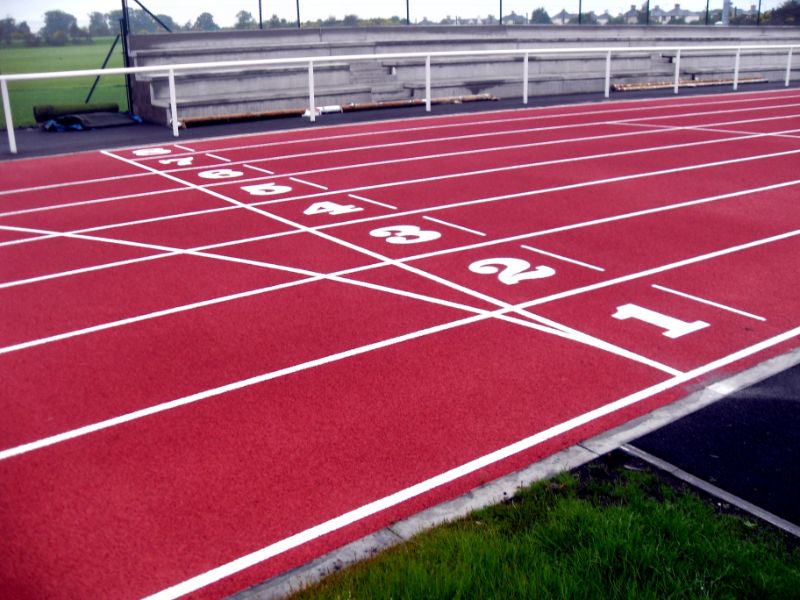
FAQ
Enquire Today For A Free No Obligation Quote
How do you resurface a running track?
Running track resurfacing typically involves several steps:
- Surface Removal: Existing worn-out layers are removed.
- Repairs: Damaged areas are repaired, including the base.
- Layer Application: New layers, including an asphalt or polyurethane base and a rubberized top layer, are applied.
- Line Markings: Lines and lane markings are painted.
- Curing: The surface is allowed to cure before use.
How often should you resurface a track?
The frequency of resurfacing depends on factors like usage, climate, and maintenance. Typically, tracks should be resurfaced every 8-12 years, but regular inspections can help determine the specific timeline.
How long does it take to redo a track?
The time required for track resurfacing varies based on factors like the track’s size, condition, and the specific materials used. On average, it can take several weeks to complete the process.
What is the surface of a running track called?
The surface of a running track is called a “rubberized track surface” or simply a “track surface.” It consists of rubberized materials designed to provide grip, cushioning, and durability.
Why is lane 9 the hardest to run?
Lane 9 is the outermost lane on a standard track. It is considered the hardest to run because it covers the longest distance and has a tighter curve, making it less advantageous for sprinters compared to inner lanes.
How many laps is 1 mile on a track?
One mile is equivalent to 4 laps around a standard 400-meter track.
What are the benefits of rubberized tracks?
Rubberized tracks offer several benefits, including excellent shock absorption, reduced impact on joints, improved traction, durability, and low maintenance requirements. They also provide consistent and predictable running conditions.
How many laps around a track is a 5K?
A 5K race is equivalent to 12.5 laps around a standard 400-meter track.
Feel free to use these answers on your FAQ page about running track resurfacing.
